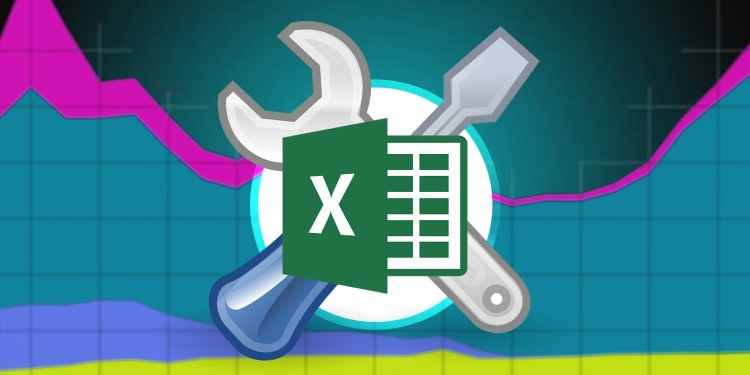Excel Data Analysis Tools are crucial for businesses to gain insights from their data efficiently. These tools allow professionals to organize, manipulate, and also interpret large datasets, transforming raw data into actionable information. Excel Data Analysis Tools provide a powerful, accessible means to analyze trends, identify patterns, as well as make informed decisions.
The Importance of Excel Data Analysis Tools
In today’s data-driven world, Excel Data Analysis Tools have become indispensable. These tools enable users to handle vast amounts of data, often gathered from various sources, and make sense of it in a manageable way. Whether you are in finance, marketing, or operations, understanding how to use Excel’s data analysis capabilities can significantly enhance your ability to perform in your role. The ability to quickly analyze and interpret data is a competitive advantage, enabling faster decision-making and more strategic planning.
One of the key strengths is their versatility. They can be applied to various tasks, such as financial forecasting, market analysis, and performance tracking. Excel’s built-in tools, like PivotTables, Power Query, and What-If Analysis, allow users to perform complex analyses without requiring deep technical expertise. This accessibility makes Excel an essential tool for professionals across all levels of an organization.
Key Features
Excel Data Analysis Tools include several powerful features designed to handle different aspects of analyzing information. PivotTables, for example, allow users to summarize and organize large datasets dynamically. This feature is particularly useful for identifying trends and outliers, making it easier to focus on the most critical data points. PivotTables can be customized to show exactly the information you need, enabling more effective reporting and decision-making.
Power Query is another essential tool in Excel’s data analysis arsenal. It allows users to import, transform, and clean data from various sources, including databases, web pages, and other Excel files. Power Query simplifies the process of preparing data for analysis, saving time and reducing errors. By automating data transformation tasks, Power Query enables users to focus on the analysis itself rather than the manual preparation of data.
What-If Analysis tools, including Scenario Manager and Goal Seek, are invaluable for forecasting and decision-making. These tools allow businesses to model different scenarios and see the potential impact of various decisions. For instance, by using Scenario Manager, you can compare the outcomes of different business strategies, while Goal Seek helps you determine the necessary inputs to achieve a specific goal. These tools make Excel a powerful ally in strategic planning and financial modeling.
The Role of Excel Data Analysis Tools in Business Strategy
Excel Data Analysis Tools are not just about crunching numbers; they are about driving business strategy. By providing insights into past performance and predicting future trends, these tools empower businesses to make informed decisions. Whether you are analyzing sales data to optimize marketing efforts or examining financial data to improve budgeting, Excel’s data analysis features can help you identify opportunities and mitigate risks.
In many organizations, Excel is the go-to tool for data analysis due to its familiarity and flexibility. It integrates seamlessly with other Microsoft Office tools, allowing for easy collaboration and sharing of insights across teams. Furthermore, Excel’s data visualization capabilities, including charts and graphs, help communicate findings in a clear, compelling way. This visual aspect is crucial for ensuring that insights are understood and acted upon at all levels of the organization.
As businesses increasingly rely on data to guide their strategies, the ability to use Excel Data Analysis Tools effectively is becoming a critical skill. Those who master these tools can contribute more meaningfully to their organization’s success by providing valuable insights that inform decision-making and drive growth.
Enhancing Your Skills with Excel Data Analysis Tools
To fully leverage Excel Data Analysis Tools, it’s essential to continuously build as well as refine your skills. As Excel evolves, new features and functions are regularly introduced, enhancing its data analysis capabilities. Staying up-to-date with these developments ensures that you can take full advantage of the latest tools available.
One way to enhance your Excel data analysis skills is by exploring online courses and tutorials. Many resources offer in-depth training on Excel’s various data analysis features, from beginner to advanced levels. Additionally, practicing on real-world datasets can help you gain practical experience and confidence in using these tools. By consistently applying your skills, you’ll become more proficient and better equipped to tackle complex data analysis tasks.
In conclusion, Excel Data Analysis Tools are vital for any business professional looking to harness the power of data. By mastering tools like PivotTables, Power Query, and What-If Analysis, you can transform data into valuable insights that drive strategic decisions. As data continues to play a central role in business, proficiency in Excel’s data analysis features will remain a critical asset.


